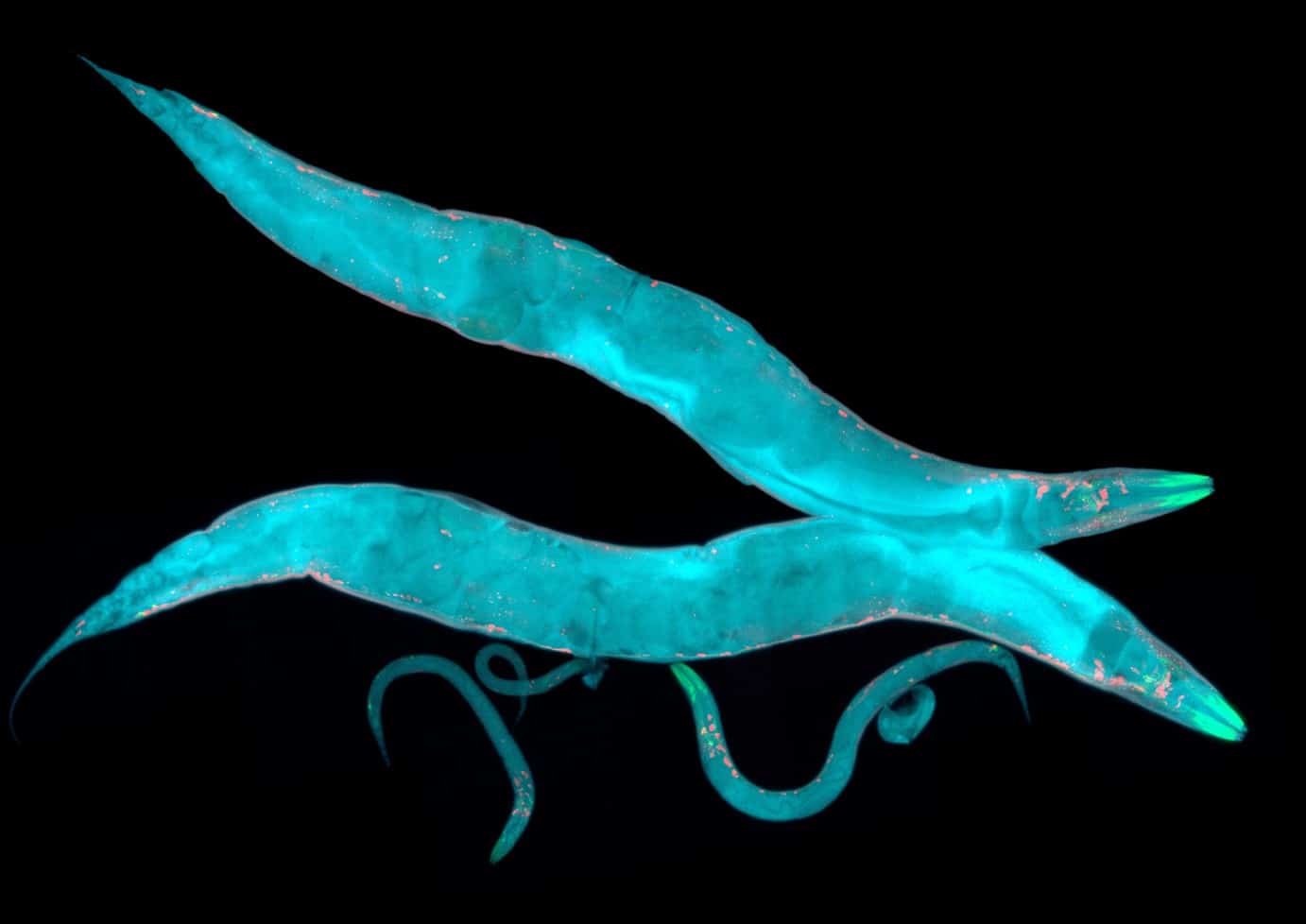Have you ever wondered why there are so many cannabis strains in the world? And have you ever marveled at the plant’s impressive versatility—how one strain can have a relaxing effect while another an energizing one?
Bearing in mind that most strains contain THC in various concentrations, it would seem that something else may be causing the differing responses in people.
This thought has pushed researchers to examine what other plant compounds are found in cannabis and whether they are responsible for the flexibility marijuana displays.
With over 120 cannabinoids, 130 terpenes, and more than 20 flavonoids, cannabis is brimming with botanical compounds. Each strain has varying contents of these substances and there is keen interest in understanding how these compounds affect the final product.
There Are Over 700 Cannabis Strains
Cannabis has been around for thousands of years, so it’s no wonder that the plant has evolved since then. People have been using it for medicinal and recreational purposes for at least 5,000 years. Our ancestors seem to have known about the potential anti-inflammatory, anti-depressant, and anti-anxiety properties of cannabis.
Natural and human-led selective breeding have produced hundreds of strains, each adjusted to the specific climate and growing conditions. Some strains, for example, grow well in high altitudes while others prefer moist tropical conditions.
Importantly, some strains were cultivated for medical and recreational purposes and aimed at a high THC content, while others were preferred for their long stems and leaves that were used to make textiles, ropes, clothes, etc.
So, is marijuana a depressant or a stimulant? The answer is, it can be both! That is because cannabis is much more than just THC.
Cannabis and Terpenes
Terpenes are aromatic compounds found in all plants and trees. They are responsible for giving plants their characteristic aromas. The most abundant terpenes in cannabis are myrcene, limonene, pinene, beta-caryophyllene, and humulene. Each strain has a unique mix of terpenes, which is why each strain has its distinct aromas.
Aside from their aromas, terpenes also seem to possess anti-microbial, anti-inflammatory, and anti-anxiety properties [1] [2].
Cannabis and Flavonoids
Flavonoids are metabolites with strong antioxidant and anti-inflammatory qualities. Quercetin, apigenin, and luteolin are the most common cannabis flavonoids.
The Entourage Effect
According to research by Ethan Russo [3], when cannabinoids, terpenes, and flavonoids work together, the end result is more potent than the sum of all compounds. It is as if all cannabis compounds enhance each other’s potential. This has been called the entourage effect.
Since the 1970s, selective breeding has been focused on THC content. Today’s cannabis strains are more THC-potent than their predecessors. Nowadays, some strains have more than 25% THC, whereas THC content hovered around 10% in the past.
You may think that all strains would have a similar effect, since they all have an overabundance of THC. However, each strain remains different. Despite the increased THC content, each cannabis strain displays its own potential: some are calming and relaxing while others are invigorating, uplifting, or euphoric.
So, if it’s not THC that is responsible for the differing effects of marijuana strains, what is?
That question has pushed researchers to study all the other cannabis compounds and examine in detail the entourage effect in several ways—some involving worms.
Why Are We Experimenting on Worms?
Roundworms are good candidates for evaluating the effects of marijuana. They have a complete nervous system and, even though they lack the CB1 and CB2 receptors found in mammals, can still metabolize cannabis.
Their short life cycle—two to three weeks—means that researchers can assess the effectiveness of marijuana in a very short time frame. Results and conclusions can be drawn almost immediately.
Worms, Cannabis, and the Entourage Effect
A recent study [4] tested the effects of cannabis on c. elegans worms. They chose cannabinoid-rich strains as well as flavonoid-rich ones and made comparisons on their effectiveness on worms.
The findings were very interesting and can be summed up as follows:
- Flavonoids seem to play a significant role in the feeling of relaxation associated with marijuana consumption. It would appear that flavonoids and, perhaps, terpenes produce that effect, rather than cannabinoids.
- Flavonoid-rich cannabis strains had a greater impact on the nervous systems of worms than cannabinoid-rich strains.
- Regarding appetite, strains with cannabinoids, terpenes, and flavonoids had a greater effect than cannabinoid-only strains.
- Strains rich in terpenes and flavonoids appear to increase energy levels in worms. This could have significant repercussions on issues of health and fitness.
The most important takeaway from this research is that there is more to cannabis than just THC and CBD. The research seems to verify the entourage effect. Indeed, it may be that we have underestimated its importance.
This can have important repercussions. Pharmaceutical companies prefer using CBD isolate in their products, as they can fully control the end product’s purity. Unfortunately, CBD isolate contains none of the other cannabis compounds that may have a beneficial effect. Perhaps producers need to change their approach and research ways to use full-spectrum CBD instead of CBD isolate?
In addition, the entourage effect may help explain the different effects produced by the various cannabis strains. It may be as simple as the distinct percentage of terpenes and flavonoids affecting the end result of each cannabis strain.
Our budtenders here at Mountain Annie’s dispensaries already know that each strain produces a different effect. That is why we want to hear our customers’ health expectations and needs before we can match them to specific marijuana strains.
How Worms Are Helping Us Better Understand Cannabis
Worms are helping us understand cannabis as a whole. Beyond the entourage effect, research and studies on worms have offered us several new clues regarding cannabis.
One surprising new finding is that terpenes seem to interact with human cannabinoid receptors [5]. This suggests that terpenes have their own way of communicating with the human endocannabinoid system. The upshot is that terpenes may potentially be as effective as cannabinoids when it comes to inflammation and chronic pain.
Studies on worms also suggest that cannabis can prevent cellular damage associated with neurodegenerative diseases like Alzheimer’s [6]. Bearing in mind that 6.5 million Americans suffer from Alzheimer’s and there is currently no cure, this research opens up exciting new opportunities.
Mountain Annie’s Dispensaries in Colorado
There is so much to discover in the world of cannabis. For years, anecdotal evidence has suggested that cannabis may support our mood and help with occasional inflammation and pain management.
It now seems that cannabis’ potential is not limited to THC and CBD. The more we learn about this amazing plant, the more we uncover its untapped potential. Cannabis terpenes, flavonoids, and minerals may soon help us lead better, happier, and healthier lives.
If you wish to experiment with different cannabis strains, come visit us here at Mountain Annie’s. We carry multiple cannabis strains grown locally by Colorado farmers and our expert budtenders will guide you in making the right choice for you according to your needs and desires.
References
[1] https://www.ncbi.nlm.nih.gov/pmc/articles/PMC7120914/
[2] https://faseb.onlinelibrary.wiley.com/doi/abs/10.1096/fasebj.2020.34.s1.04020
[3] https://ethanrusso.org/taming-thc-potential-cannabis-synergy-and-phytocannabinoid-terpenoid-entourage-effects/
[4] https://www.ncbi.nlm.nih.gov/pmc/articles/PMC9528106/
[5] https://faseb.onlinelibrary.wiley.com/doi/abs/10.1096/fasebj.2020.34.s1.04020
[6] https://pubs.acs.org/doi/abs/10.1021/acschemneuro.1c00667


